- Call us: 01444 237070
- Contact Us
- Stores
- Sign In / Register
-
- Back
- Used Cameras
- Used Accessories
- Used Lenses
- Used Video
- Used Film Equipment
- Used Stock Alert
- Used Blank Test
- Sell or Part Exchange
- Used Clearance
- Recently Added Used Equipment
- Park Picks
- All Used Black Friday Deals
- Faulty
- Trade-In
- Blog
- New in
- Call us
- Contact us
- Stores
- Sign in
- Categories
- Tips & Inspiration
- Reviews
- News
- Events
- Features
- Buying Guides
- Competitions
Comparing DJI Drones
With the DJI Mini 5 Pro release, there are more popular DJI drones than ever to choose from, including models for beginners, professional creators and every level of visual storyteller. But comparing various models can be confusing with so many choices, which is where this guide comes in.
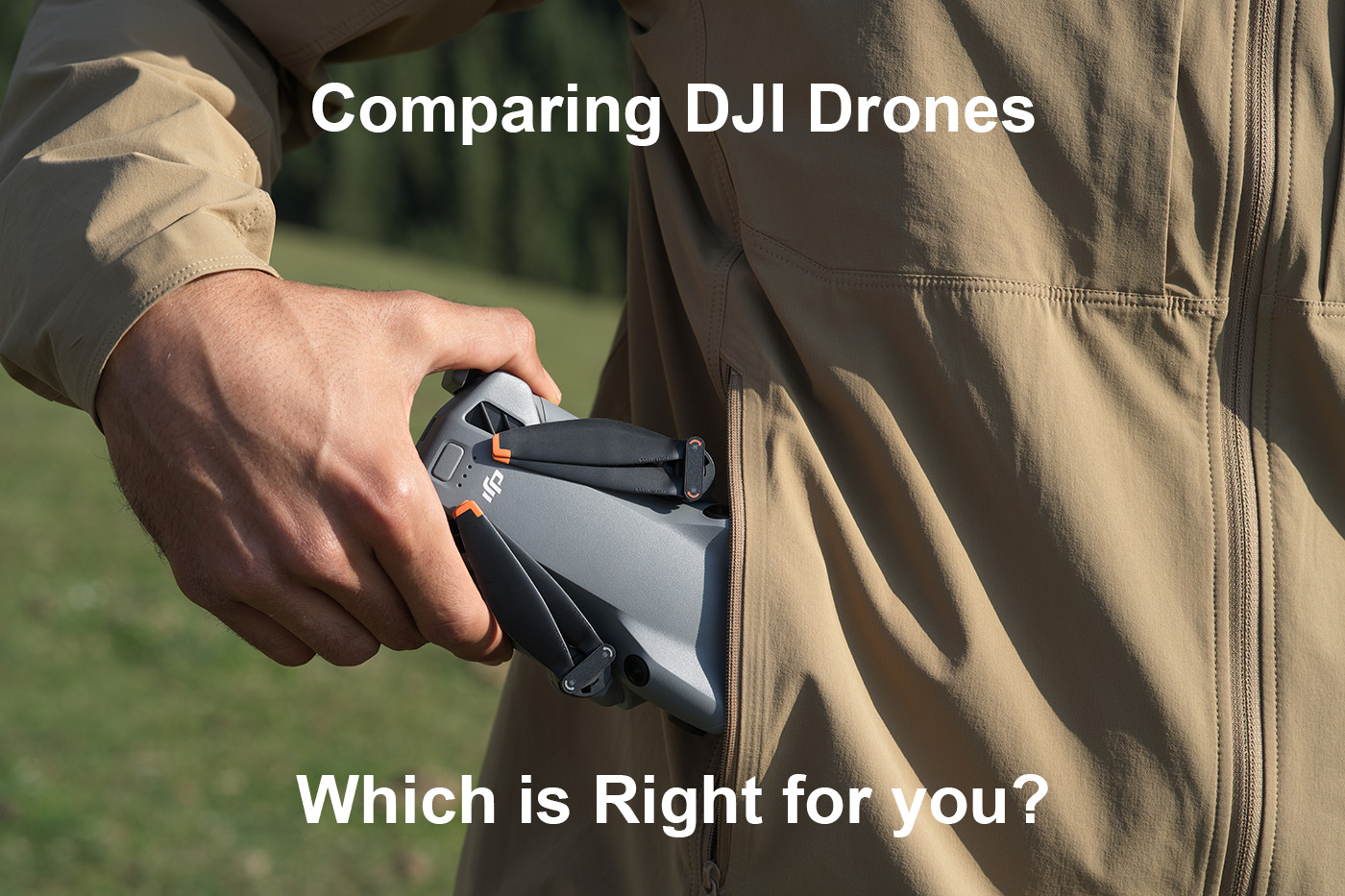
Whether you’re just considering getting into aerial photography, upgrading an older aircraft for your YouTube channel, or buying a drone as a gift, we’ve got everything you need to know about comparing DJI drones to help you find which one is right for you.
As they become more affordable, smaller and easier to fly, more photographers are discovering the benefits of capturing shots from the sky. There’s never been a better time to get started in aerial content creation either. It’s now easy to capture 4K video, use smart subject tracking modes, shoot epic landscape panoramas and enjoy flights that are safer than ever.
In this buying guide we’ve included an interactive comparison of the best drones in 2025 so you can shortlist the best one for your needs. We also take a closer look at each in more detail, as well as what it’s best for, which is useful if you’re new to drone flying or buying a present.
So without further ado, let’s get all set for take off.
What to look for
When choosing a drone, it’s important to consider what you plan to use it for. Are you looking to take landscape photos, shoot lots of video, or just dip your toe in as a casual hobby? Each offers different features, and understanding these can help you make the best decision.
These are the drones we’re comparing in this 2025 guide:
So let’s begin by working out what features to look for from DJI.
![]()
Key Features to Consider
We go into what all of the specs mean in more detail later in this post, however it’s useful to know the basics when reading about drones. The features below are normally included when you read about drones.
1. Camera Quality. Just like with a digital camera, if you want good image quality, look for a large sensor with higher resolution. Many offer 4K video, which can significantly enhance the look of your content. More advanced models have more than one camera, which allows you to shoot near or far subjects with better results, a bit like smartphones with multiple cameras.
2. Flight Time. Battery life is crucial, and most drones offer between 20 to 30 minutes of flight time on a single charge. If you plan to shoot longer scenes, consider models that allow for easy battery swaps and have longer flight times. If you’re exploring landscapes and scoping shots, or even following yourself for unique aerial perspectives, longer flights can make a big difference.
3. Range. The distance a drone can fly from its controller is another factor. If you want to explore large landscapes, look for drones with a longer range. Some can fly several kilometres away, giving you the freedom to capture unique perspectives from far away.
4. Ease of Use. Features that are easy to use are very helpful for beginners. These include GPS, automatic takeoff and landing, advanced return to home (RTH) and obstacle avoidance. Features like these can help you have a better flying experience and reduce the risk of crashes. More advanced drones tend to have better safety features.
5. Portability. If you plan to travel with your drone, consider the size and weight. Compact models that can easily fit in a bag are ideal for on the go adventures, especially if you hike or walk to your destination.
Now that you know what to look for, let’s explore the five drones in this product guide.
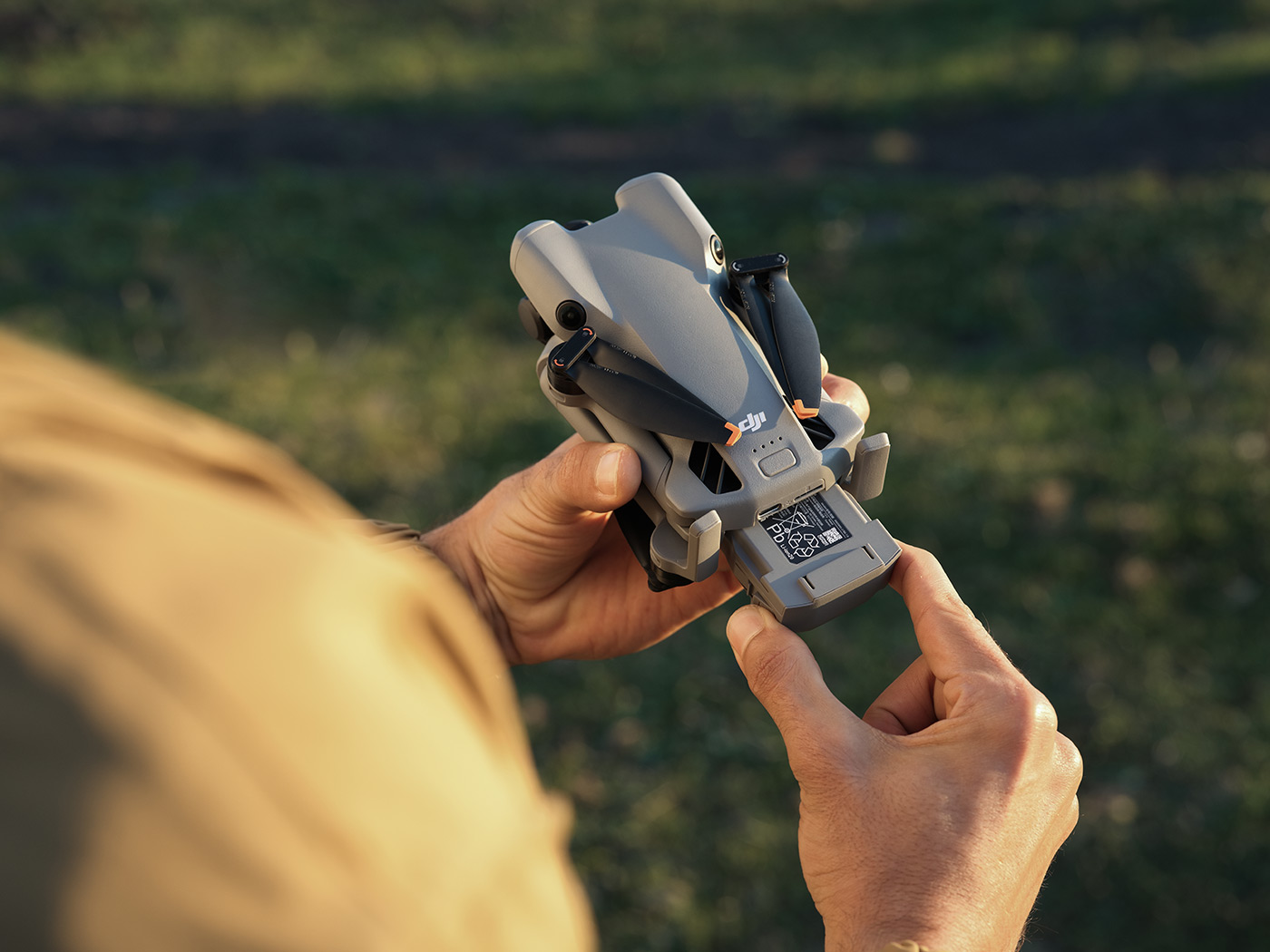
DJI Mini 5 Pro Drone launched September 2025
The new DJI drone everyone’s been waiting for is the Mini 5 Pro. This is where the lightweight Mini series meets more advanced creator features, and it checks a lot of feature boxes. The Mini 5 Pro has a large 1” CMOS sensor with 50MP photos, 4K/120fps video, and a clever gimbal that rotates 225°, including 55° upwards, so you can capture vertical content. Even with all that, it weighs under 250g, so it is light and sub-250g for registration purposes.
One of the most notable features for this generation is LiDAR obstacle sensing for safety. You also get intelligent tracking modes, including ActiveTrack 360°, Spotlight and Point of Interest, for automated shots and subject following. Although the 36-minute battery life isn’t the longest, it’s just enough for most creators’ needs, although we always recommend packing spares.
If you want to take serious aerial content but don’t want the size and cost of a larger drone, this is the one to go for, as the Mini 5 Pro strikes a balance between portability, safety and advanced imaging.
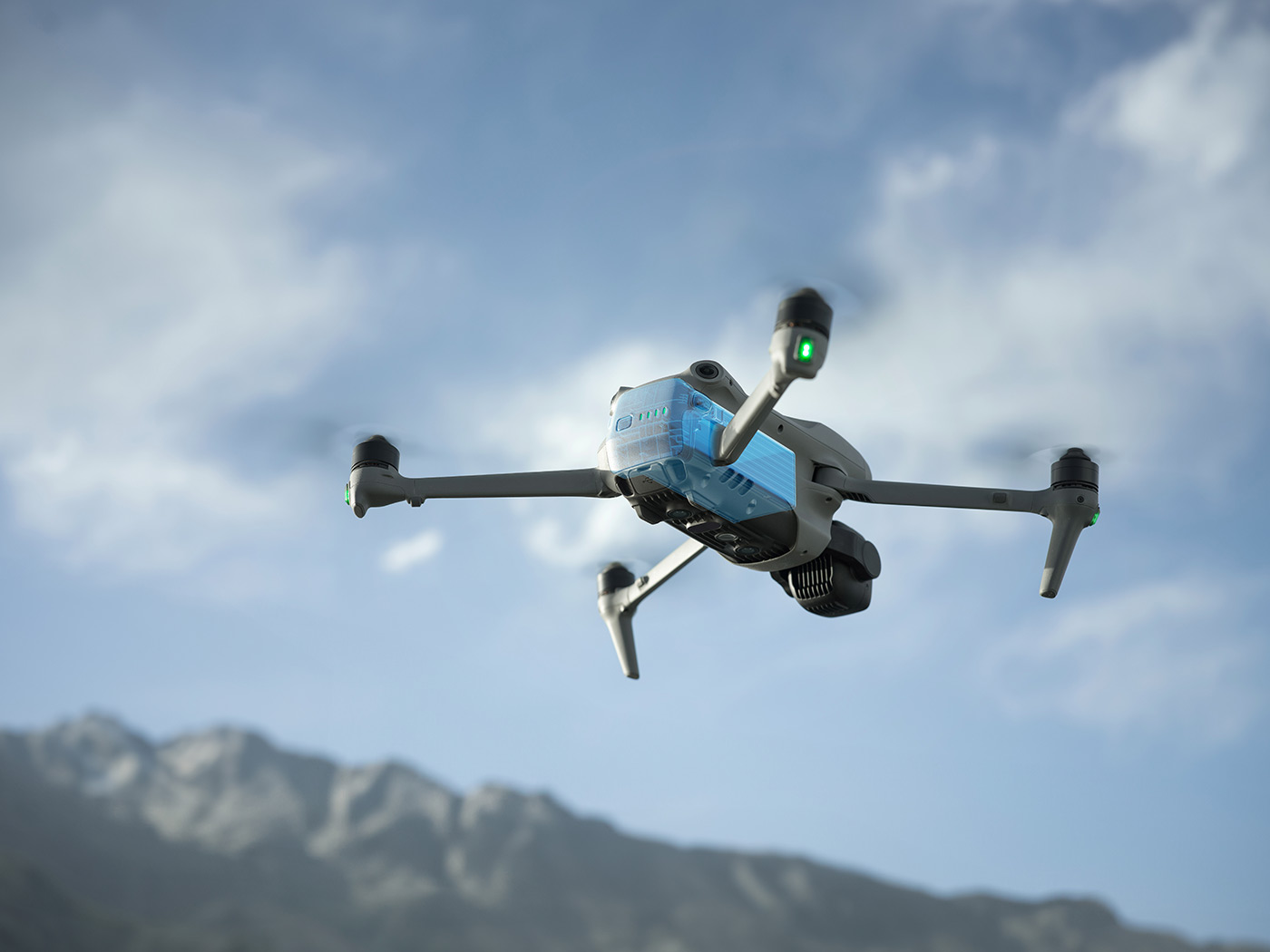
DJI Air 3S launched October 2024
There’s no single feature that makes the DJI Air 3S stand out, instead it’s great at balancing everything, which is what makes it so popular. For starters it has two cameras, including a wide 1” sensor and a medium telephoto (1/1.3”, 48MP), opening up creative options for filming wide and closer shots.
You get smooth 4K/120fps HDR, excellent stabilisation, long 45- minute flights, and the same LiDAR-supported obstacle sensing as more expensive models. It’s not the lightest, and it’s not the cheapest, but for many users, this hits the sweet spot. It’s easy to fly, holds position reliably even in stronger wind, and captures fantastic image quality for social media, YouTube or commercial clients.
This might be the best DJI drone for someone looking for a long-term option that doesn’t need replacing every year. It’s quite powerful but still manageable, which makes it a favourite among enthusiasts and more serious hobbyists.
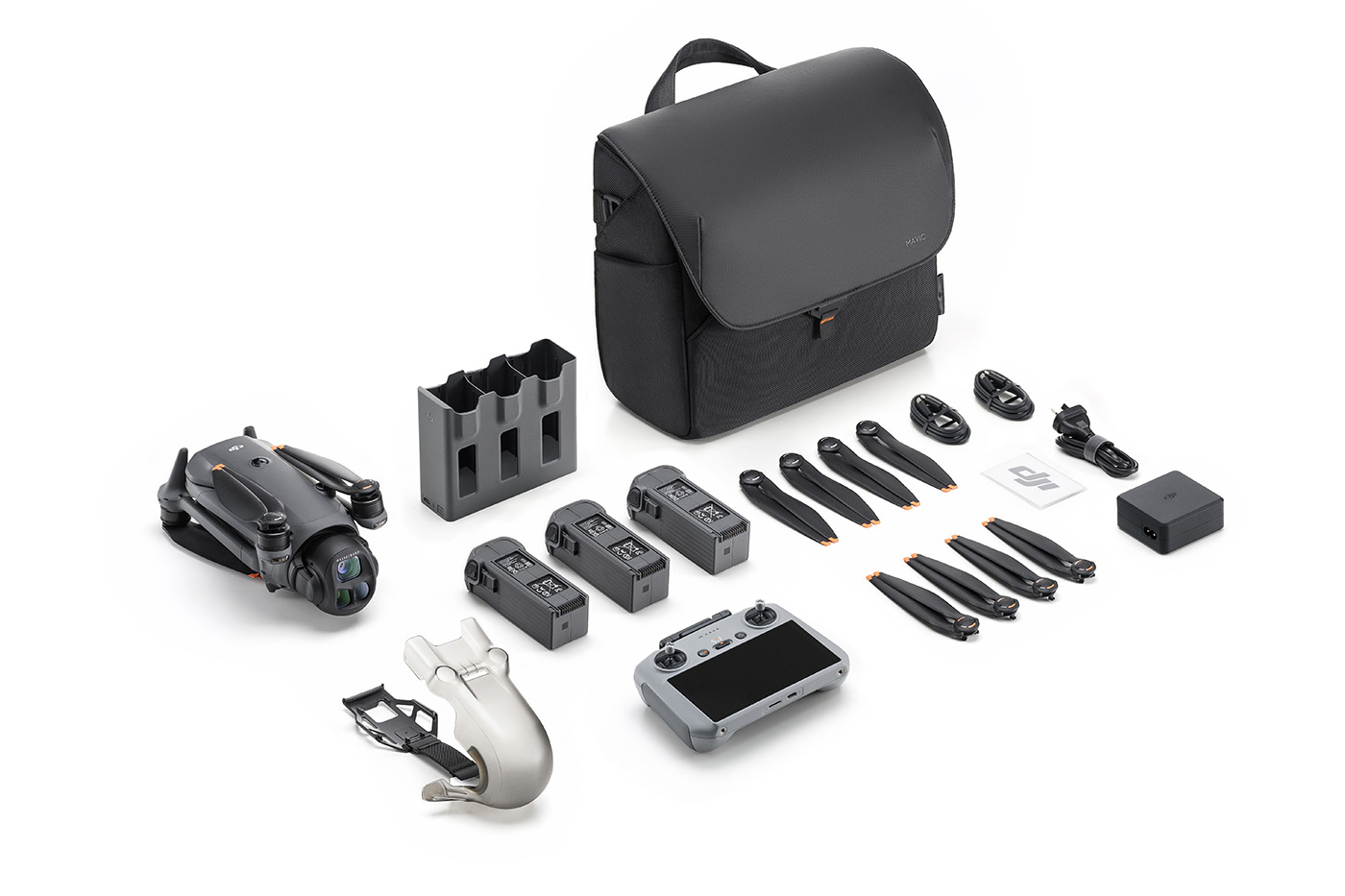
DJI Mavic 4 Pro launched April 2025
If you want a pro-level drone with some of the best image quality available, the DJI Mavic 4 Pro is one to consider. It combines a 4/3 Hasselblad camera (100MP) with a pair of telephoto lenses, giving you three ways to capture each scene, with up to 6K/60fps HDR video.
The downside is that it weighs over 1kg, so it’s not aimed at casual content creation, but it is built to deliver high-end results.
The gimbal rotates a full 360°, tilts up to 70°, and lets you frame creative angles without needing to make complicated moves. You also get 0.1 Lux nightscape, omnidirectional obstacle sensing with LiDAR, and a maximum flight time of 51 minutes, which is the best available from a consumer-level DJI drone. Range is up to 15km, so you can explore just about any landscape from up high, just remember to maintain line of sight, or have your spotter ready.
This is DJI’s most advanced drone currently available, and is suitable for professional content creators and filmmakers who need the best quality without moving up to a £10k+ aircraft.
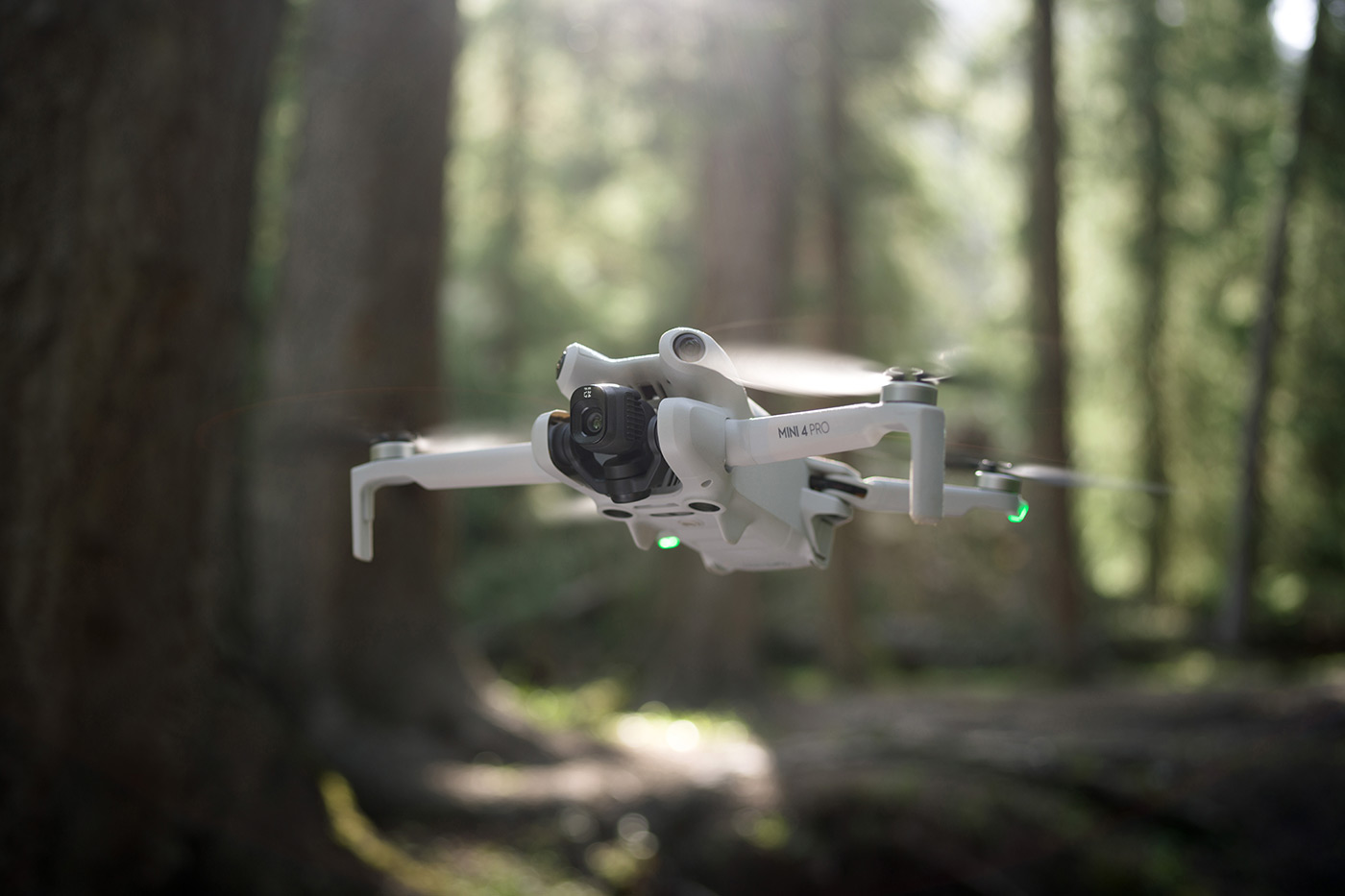
DJI Mini 4 Pro launched September 2023
Although now superseded, the DJI Mini 4 Pro drone is still all about getting good video from a lightweight, discreet aircraft. It weighs under 249g, yet delivers crisp 4K/100fps footage from a 48MP 1/1.3” sensor, with obstacle detection in every direction.
It also offers true vertical shooting and 60° upward gimbal tilt for both landscape and portrait orientation.
The Mini 4 Pro also supports intelligent flight modes like ActiveTrack and Spotlight, and offers a 34-minute flight time, which is around average. Transmission under CE rules reaches up to 10km, giving you more flexibility than many small drones in this category.
This model is suitable for travel content creators, beginner drone pilots, or anyone upgrading from a more basic drone, thanks to a surprising number of professional features.
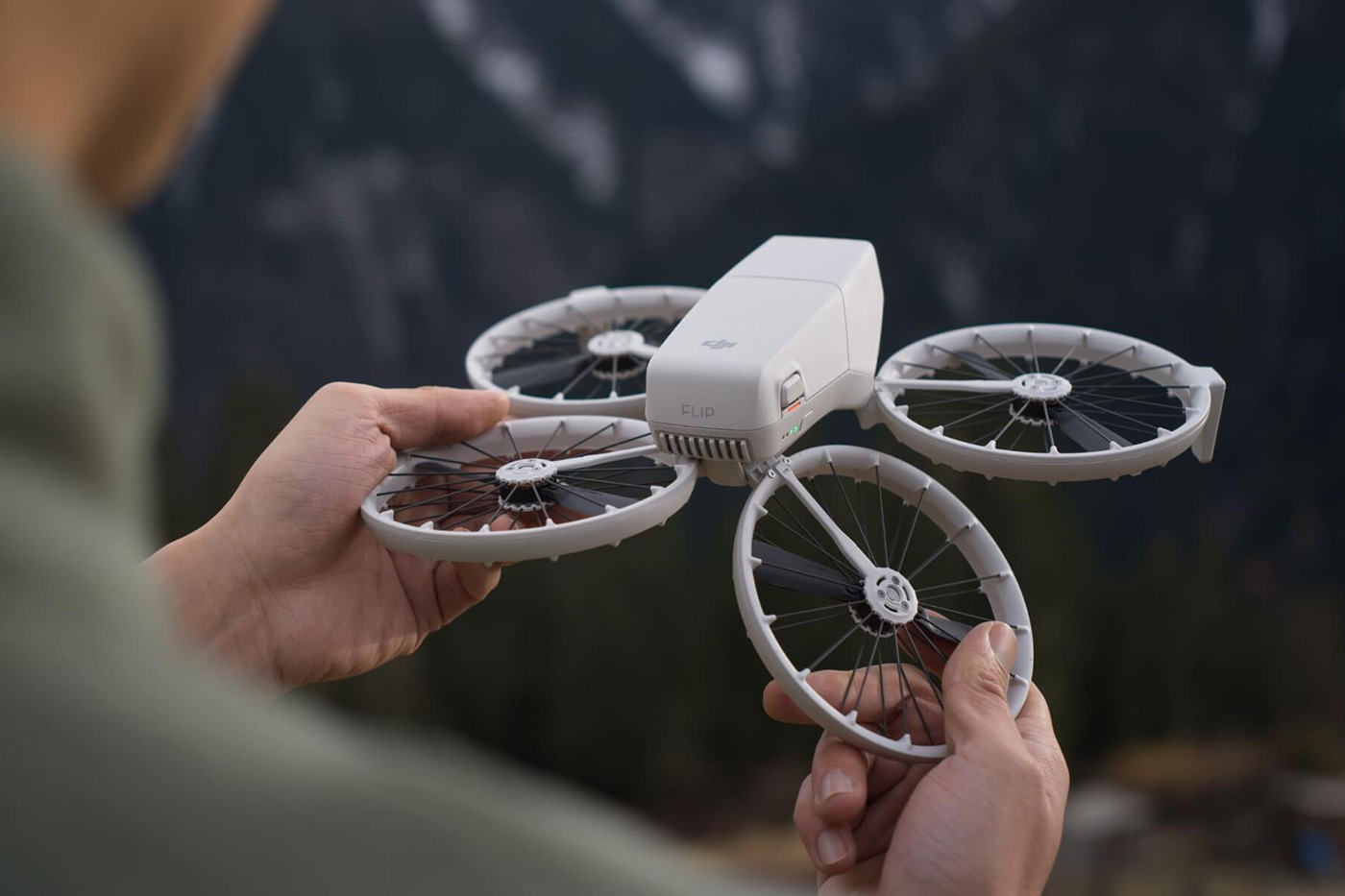
DJI Flip Drone launched January 2025
If you’re looking for the most affordable DJI drone, the DJI Flip is a solid introduction to aerial photography and makes a fantastic present. It weighs less than 249g, yet still shoots 4K/60 HDR video, and includes vertical recording at 2.7K/60 using a cropped frame.
The 48MP sensor is the same size as that used in some higher-end models, but the overall package is simple and quite easy to fly. Obstacle sensing covers forward and downward directions with infrared.
The gimbal tilts up by 35°, and you can frame creative shots even without advanced subject tracking. Battery life is on the lower side at 31 minutes, and the Flip has an 8km range under CE limits.
If you’re looking for an affordable DJI drone that gets you out there without overcomplicating flights, the Flip is a great option.
With the basics covered about these five drones, let’s put them next to each other in a specs comparison.
Interactive DJI Drone Comparison
Use our interactive tool to compare any two DJI drones from 2025 side by side. Whether you’re new to flying or looking for pro-level features, this guide highlights key differences in image quality, flight time, obstacle sensing and more, helping you choose the best DJI drone for your goals.
| Spec |
|---|
What do all these specs mean?
If you’re new to drones, some of the terminology in the comparison table can be a bit confusing. From sensor sizes to gimbal movement, it’s not always obvious why it matters, so we’ve explained each spec in plain English to help you choose with confidence.
Aircraft takeoff Weight
Under 250g is a key threshold in drone laws, and in the UK, drones under this weight are usually exempt from more complex registration and training requirements. If you’re new to flying or want something simple to travel with, a sub-250g drone is a good benchmark.
Camera Sensor
We mentioned sensors earlier, and a sensor tells you how large the image is and how many megapixels it captures. Larger sensors (like 1” or 4/3”) perform better in low light and capture more detail. If image quality is a top priority, go for a bigger sensor. For casual use 1/1.3” sensors are big enough and image quality is sure to impress most audiences.
If the drone you’re considering has DJI’s D-Log M colour profile you can get more dynamic range from the footage, pulling back highlights and raising shadows, like we do when editing RAW photos.
Max Video Resolution
This shows the highest resolution and frame rate the drone can shoot. 4K is the current standard for footage, with 60fps or higher useful for slow-motion. More advanced drones can shoot 6K or even higher, but for most beginners, 4K/60 is all you need. Remember that larger video means more data to manage, which some will find cumbersome.
Gimbal Movement
The gimbal controls how the camera tilts and rotates. More movement allows for more creative angles, like shooting upwards or vertically for portraits. 360° rotation or greater upward tilt gives more flexibility, especially for vertical content creators. If you film for TikTok, look for vertical shooting modes.
Obstacle Sensing
Drones use sensors to avoid crashing. Omnidirectional sensing means it can detect obstacles in all directions. LiDAR adds even more accuracy, especially in low light. For new pilots, drones with full obstacle sensing are easier and safer to fly.
CE Range
This is how far the drone can transmit video and control signals under CE (European) regulations. 8-15km is typical, but you’re legally required to keep the drone within visual line of sight anyway. Longer range usually also means a stronger signal and better reliability in busy areas.
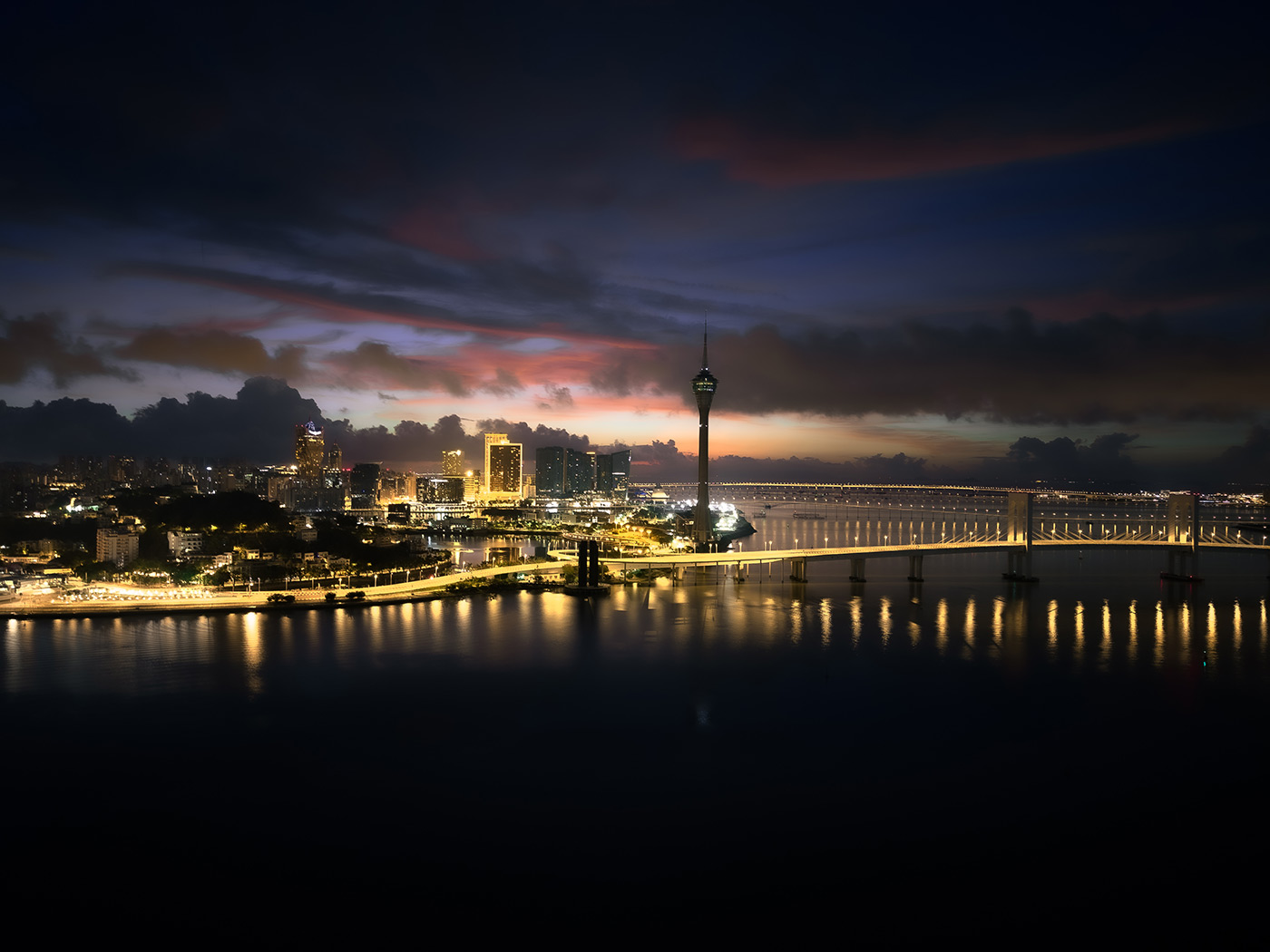
Aircraft only vs a controller vs Fly More Combos
DJI offers several ways to buy their drones, depending on what you already own and how you plan to use them. Some are available as aircraft only, which means no controller is included. These are typically aimed at existing DJI users who already have a compatible RC and are upgrading.
For most new pilots, the standard drone with a controller is the best place to start. This includes everything you need to get flying straight out of the box.
If you’re planning to fly more regularly or create longer content from the sticks, a Fly More Combo is well worth considering. These kits often include two extra Flight batteries, a multi-charger, spare propellers, and a case, which can save money compared to buying everything separately.
Having extra batteries is particularly useful when shooting on location, as running out of power mid-session can be frustrating, especially if you’re away from power.
Whether you opt for a base kit or combo it’s worth checking our drone accessories for propeller guards, ND filters, charging hubs, and more, enabling you to weigh up the difference between various kits.
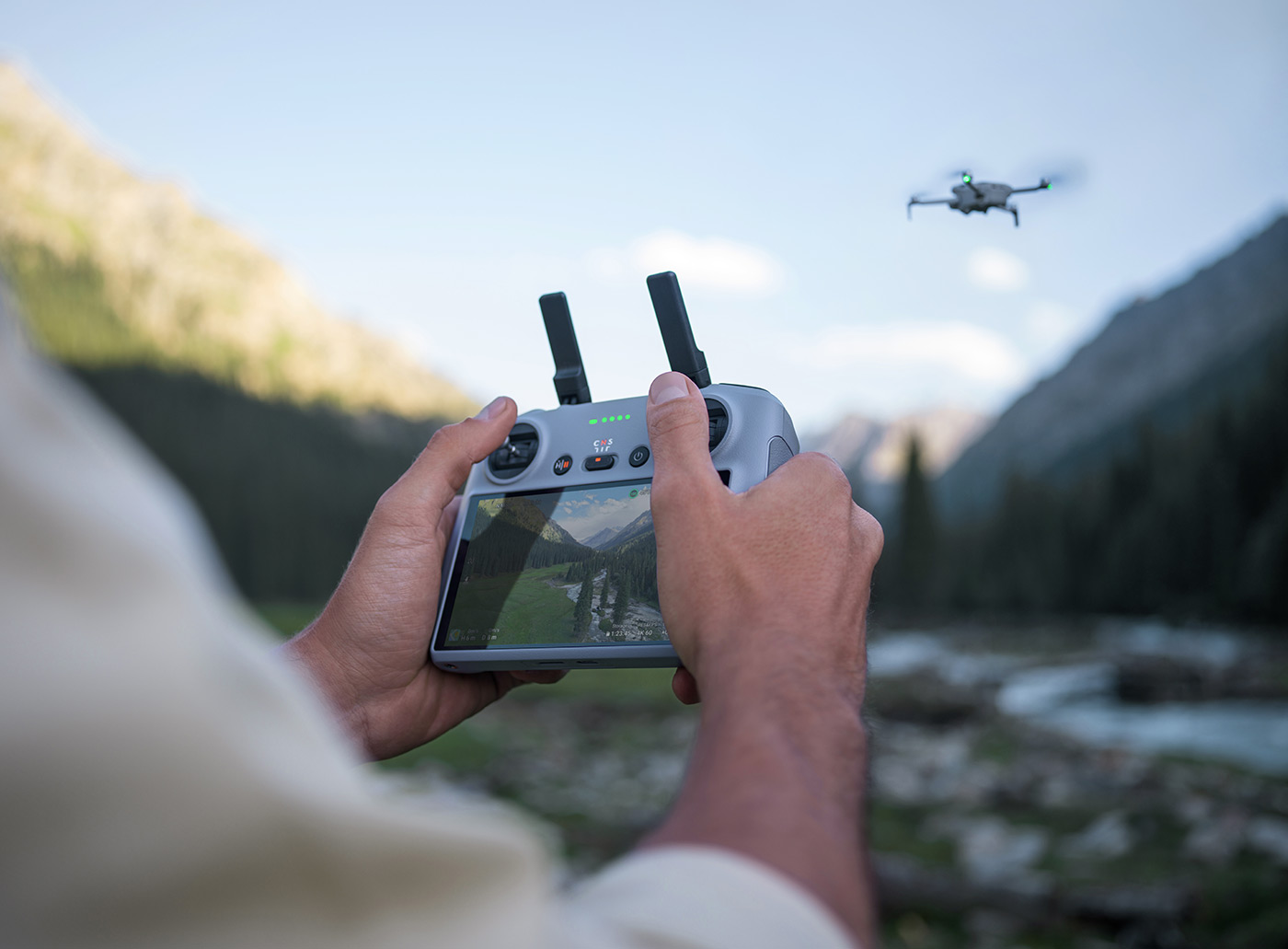
Remote Controllers (RC)
The controller itself can make a big difference to your flights. Basic controllers use your smartphone, whereas the DJI RC 2 or DJI RC Pro 2 include a screen, storage and more, in order to deliver a better operating experience. If you’re getting an FPV drone from the Avata series, a DJI RC Motion controller is essential for more immersive motion control, but that is for another guide.
Whether you’re just starting out or looking to upgrade to something more advanced, DJI’s range of drones offer a brilliant way to elevate your photography and video, quite literally. Beginners will appreciate how easy it is to fly, with built-in safety and smart tracking modes, while experienced creators can take advantage of features like 6K video, multi-camera setups and extended flight times. Drones are fun, creative tools that help you see the world differently, and they add a unique perspective that’s hard to match with anything else.
Whether you’re just starting out or looking to upgrade an older model, DJI drones offer a brilliant way to elevate your photography and video content, quite literally. They are easy to fly even for beginners, with ever improving built-in safety and smart tracking modes. Experienced creators can take advantage of more advanced features, 6K video, multi-camera options and even longer flight times.
Explore our range of DJI drones and find the perfect model for your next outdoor adventure.
Share this post:
By Nick Dautlich on 27/10/2025
Nick Dautlich
Senior Content Writer and Product Reviewer
Nick Dautlich is the Senior Content Writer and Product Reviewer at Park Cameras, with over 15 years of photography experience. A Sony Imaging Professional and expert reviewer, Nick has worked with major brands such as Canon, Sony and Nikon. His work is also featured on Vanguard World UK’s website, Capture Landscapes, and Shutter Evolve. Nick’s photography includes National Trust projects and magazine covers and he is passionate about landscapes and storytelling. Nick also enjoys hiking and teaching his children about nature. Learn more on his profile page.
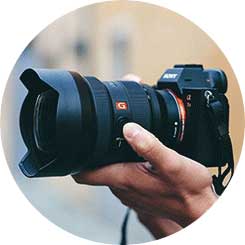
Trade in your old equipment
Fast and easy trade in service ensures your old gear is collected efficiently and you are paid quickly! It's very simple to trade in your unwanted photography gear. Just head over to our dedicated Sell or Part Exchange page, fill out the details, and we'll get back to you with an offer for your old gear. Take the cash, or put it towards the cost of your new gear. It's up to you! Find out more
sign up to the newsletter
Keep up to date on the latest photography news, events and offers. Sign up now